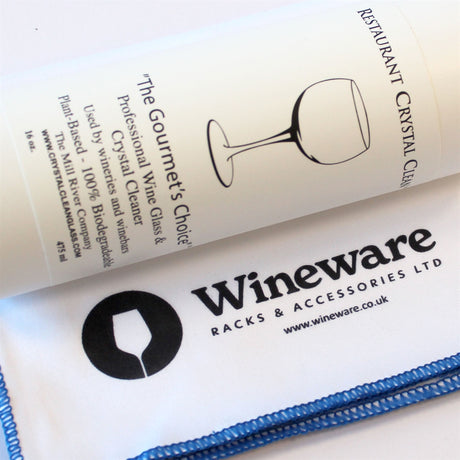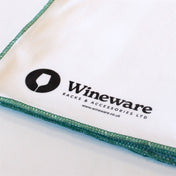Re-writing wine rules
Never cook with a wine that you wouldn't drink.
Wine can be added to food (such as a sauce) to contribute acidity, fruity depth and liquid volume. It would help if you chose whether you want to cook with wine or not. It is important to note that wine does taste different when added to a sauce or food; particular flavours are emphasised and evident on the palate.Always pair white wines with fish and red wines with meat.
This is not always the case. In fact, with so many varieties of wines on offer, we can afford to be experimental and see what works and what doesn't. The key is to assess the lightness/heaviness of a dish, which will help you choose the appropriate wine pairing. For instance, fish can be quite varied; tuna can be served as a 'steak' (heavy in texture), whereas a white-fleshed fish like a bass is lighter and more delicate. Matching the wine to the sauce in a dish is a great way to pair food and wine. Most of the flavours are in the sauce or dressing, so bear this in mind when making your decision. Think about the flavour combinations; for instance, a low tannic red wine pairs exceptionally well with spicy food.You can only appreciate wine if you are knowledgeable about wine regions and grape varieties.
It helps to have some wine knowledge and tell a sweet wine apart from a dry wine, but you do not need to have a comprehensive understanding of wine. The beauty of wine is trying new varieties, so if someone introduces you to a new bottle that you have never heard of, that is great! You can choose what characteristics you liked about it and those you didn't. Making a written/electronic record of this can help you with future tastings and wine choice. As long as you enjoy wine, that is all that matters. If you're keen to develop your knowledge, then start by trying one grape variety from several different countries, then try another grape variety and so on, then compare likes/dislikes.



